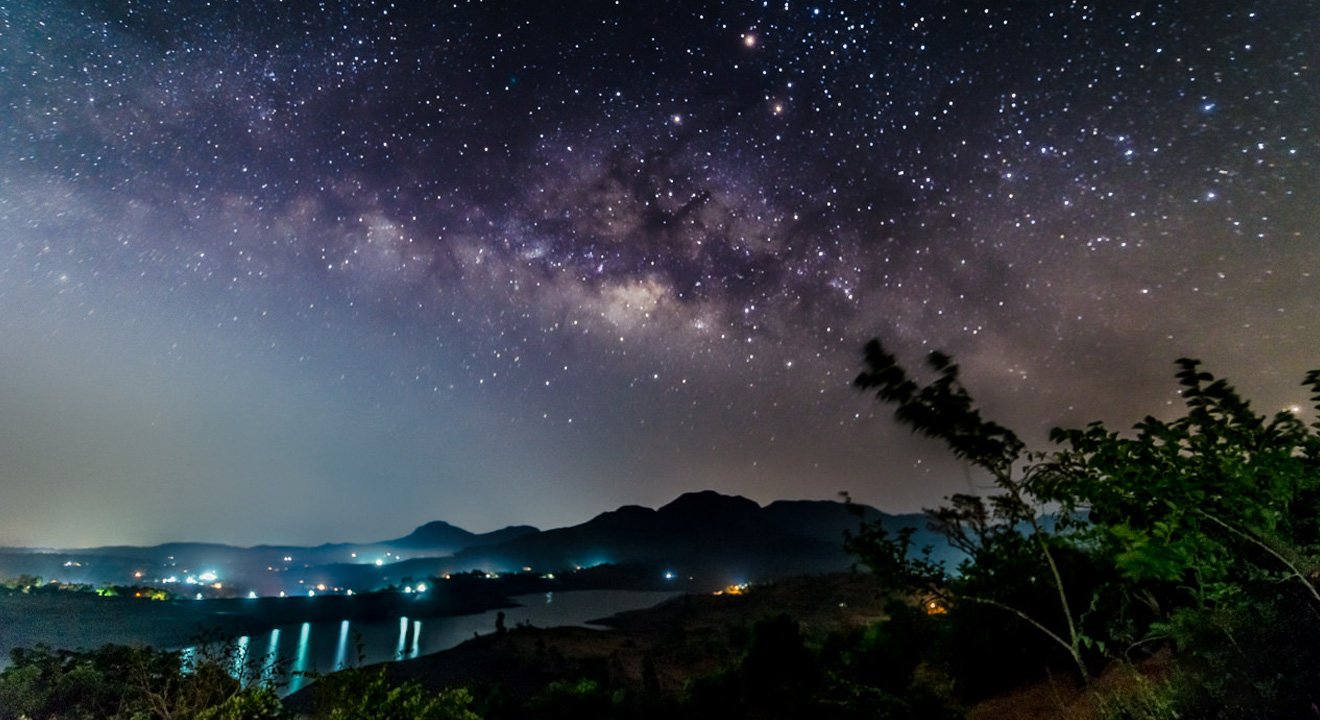
Nubra Valley Night Sky
February 15, 2023
Nubra Valley in Ladakh is a magical place. Besides its natural beauty and a myriad of activities, it is also ideal for stargazing. Because of its high altitude, zero pollution, and cloudless weather conditions, the Nubra Valley Night Sky is spectacularly beautiful and perfect for this activity. One can gaze into infinity better than from most other places on the planet.
Stargazing is a lot of fun. It is an immensely enjoyable and easy-to-organize activity for individuals, couples, or groups. Since it is usually done at night in rural places, it can involve traveling, camping, bonfires, photography, and optical equipment. The hunt for eternal stars and heavenly bodies makes it a sacred and magical experience.
The historical significance of stargazing
Stargazing has played an important part in the history of mankind and was the primary way that ancient travelers found their way. The fabled caravans of old that traveled the so-called “Spice Route” from India to China and Central Asia used stars as a guide map to navigate their long journey.
In Nubra Valley, the Silk Route Caravans would have had no problem in orienting themselves and finding their way forward, as the entire sky is alive and lit up with distant planets, stars, constellations, and other heavenly bodies at night.
Where to stargaze in Nubra Valley
In modern times, astronomers look for “Night-sky Darkness,” away from cities and light pollution. They measure the darkness of skies with the “Bortle Scale” which measures darkness on a scale of 1 to 10. Most places in Nubra Valley measure below 4, which is perfect for stargazing.
One hotel in Nubra Valley, Lchang Nang – The House of Trees understands the strategic importance of Nubra Valley Stargazing for astronomers and guests. They organize enchanting nights where experienced guides teach guests the basics of astronomy and show them important stars, constellations, and cosmic events. They also have a powerful 8-inch Dobsonian Telescope to help guests engage with the skies.
While gazing at stars, there are a few important things to know and a few myths and popular fiction that must be debunked. Here are some common questions and answers that will help you in your stargazing efforts:
Frequently Asked Questions
Q1- Is Astronomy a difficult subject?
Ans1- In a word: No. Astronomy is nothing to be scared of or intimidated by. Anybody with a basic curiosity about the universe and access to clear skies can indulge in this activity. All you need to do is take time to gaze into the unknown and try to spot anomalies and find patterns in the sky.
Q2- Do you need a telescope for Astronomy?
Ans2- No. A telescope helps see things a little more clearly but Astronomy begins with gazing at night skies with the naked eye. Telescopes and other devices can be detrimental as they limit the scope of vision and hinder the human eye from seeing larger patterns.
Q3- Can you see the Milky Way from Nubra Valley, Ladakh?
Ans3- The Milky Way is the galaxy of which our solar system is a very small part. The entire Milky Way cannot be seen from earth but various planets and stars in the Milky Way are visible from places like Nubra Valley, Ladakh.
Q4- Do you need charts or maps for Astronomy?
Ans4- Various maps of the sky, charts, sky atlases, and apps can help you find a particular star or heavenly body, but overall, it is not required. You can look up the basics of stargazing on the internet and try to find your orientation.
Q5- What are the advantages of stargazing/astronomy?
Ans5- Stargazing is mankind’s first hobby. It has an incredibly soothing and stabilizing effect on the brain and is even considered good for the eyes and mental health. Man finds it a humbling exercise because it shows us how little we are compared to the universe we live in.
Q6- What are the easiest stars to spot?
Ans6- Some stars are very dim and you need special telescopes and maps to see them but some stars are so bright that we can see them clearly with the naked eye at night and even on some clear days. Specifically. The North Star, Rigel, Alpha Centauri, Sirius, and Canopus are all bright stars that you should have no problem spotting.
Q7- What are the easiest constellations to spot?
Ans7- Constellations are groups of stars that collectively make up a shape. Some constellations are made up of bright stars and are easy to spot. Chief amongst them is The Big Dipper (also called Ursa Major), the Little Dipper (also called Ursa Minor), Orion, Cassiopeia, Gemini, and Leo.
Q-8 What is the best time for stargazing in Nubya Valley, Ladakh?
Ans8- Although stargazing can be done throughout the year, the best time for stargazing is in the Spring and Autumn seasons. The best days for stargazing are the days immediately before and after a new moon because, during these days, the bright light of the Moon is absent from the sky.
Happy stargazing!